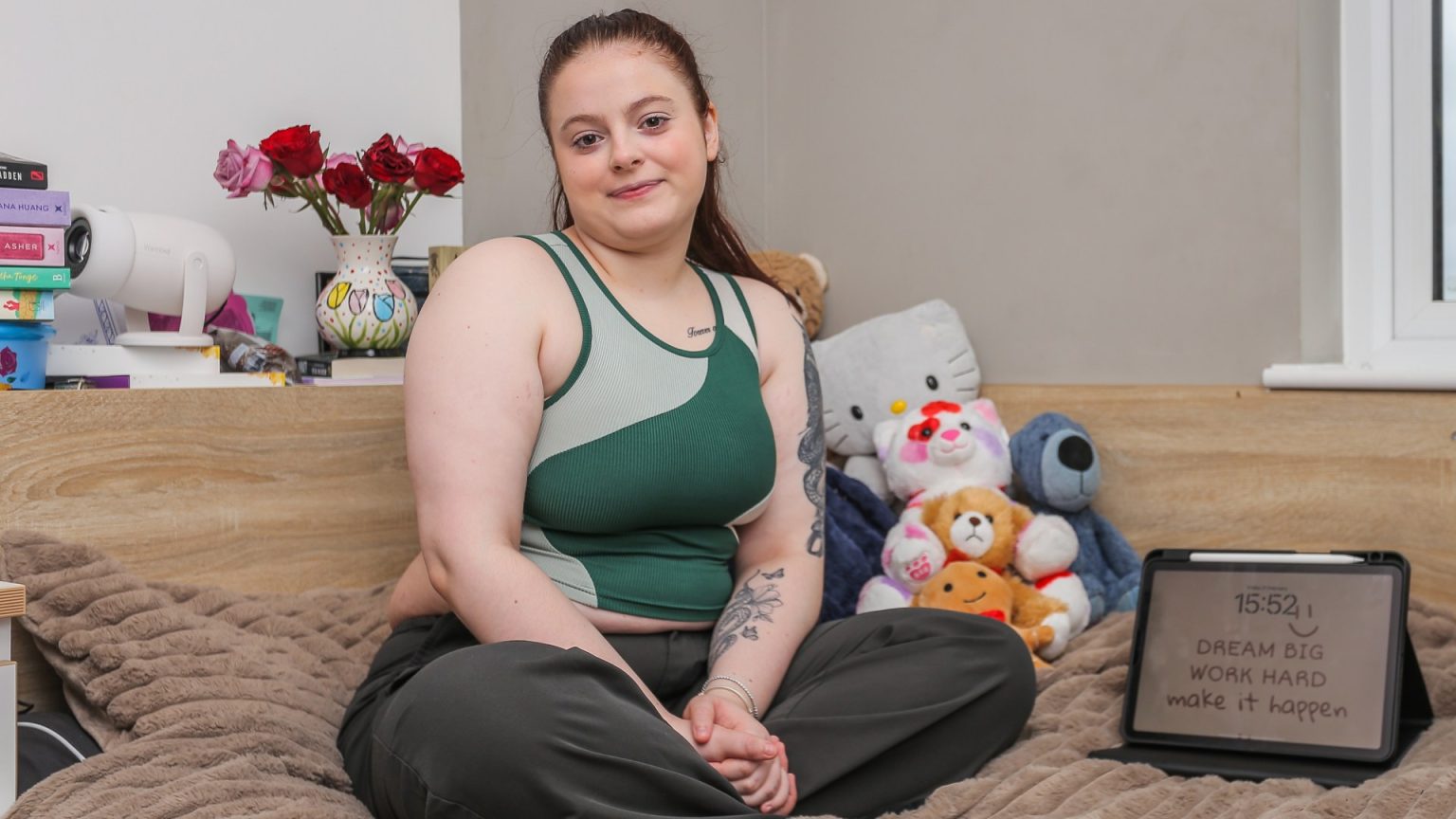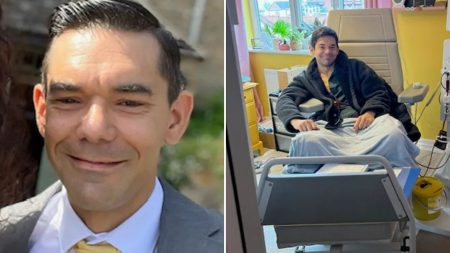Here is a summary of the provided content in English, divided into six paragraphs.
—
### 1. Introduction
Starting her first year of university was challenging for Kali Kuszyk-Whittall, a 20-year-old student, as it “headed the era of work overload.” She experienced a crash course in exams, balancing studying with building social connections, and adapting to a new city. Her initial excitement turned to anxiety, particularly around managing her modules and feeling pressured to know everything perfectly. However, as the academic year progressed, she began to struggle with panic attacks at home daily, which significantly impacted her mental health.
### 2. Kali’s Initial Peril
At the beginning of her first year, Kali found joy and comfort in new friends and a fresh sense of belonging. However, this laid the foundation for eventual stress. When studying for her modules at Birmingham City University, the pressure to hold a part-time job and keep up with coursework compounded her anxiety, leading to worst-case scenarios where she sought professional help, both from her GP and university therapist.
### 3. Coping Strategies and Significant Change
The addition of weighed sessions of counseling and six months of CBT was a crucial shift for Kali. During this period, she realized the barriers to academic success and sought support, which included consulting with medical professionals. The process required her to take control of her stress, move into an apartment, and manage daily demands. After this transformation, her anxiety began to improve despite ongoing challenges.
### 4. The End of Work Overload
Over the course of four months, Kali’s initial panic attacks began to plateau, allowing her to sheet up and fully wrap herself in the phase of resilience and eventual success. She managed to leave home for lectures, and while it was a challenging phase, it was a necessary step to navigate the transition back to campus.
### 5. Student Concerns and Emotions
Mc queried about student emotions, and it revealed that exam stress, money worries, academic pressure, social life management, time constraints, fear of failure, peer pressure, housemates, physical health issues, and homesickness were the top concerns. Regular healthcare visits became a shared burden, highlighting the heavy barriers students faced.
### 6. Conclusion
This chapter highlights the resilience Kali developed through her coping strategies and ultimately struggled with some unforeseen obstacles. It underscores the importance of support systems and the value of taking control of one’s happiness amidst the chaotic year of study life.
—
This concludes the summary of the content.











